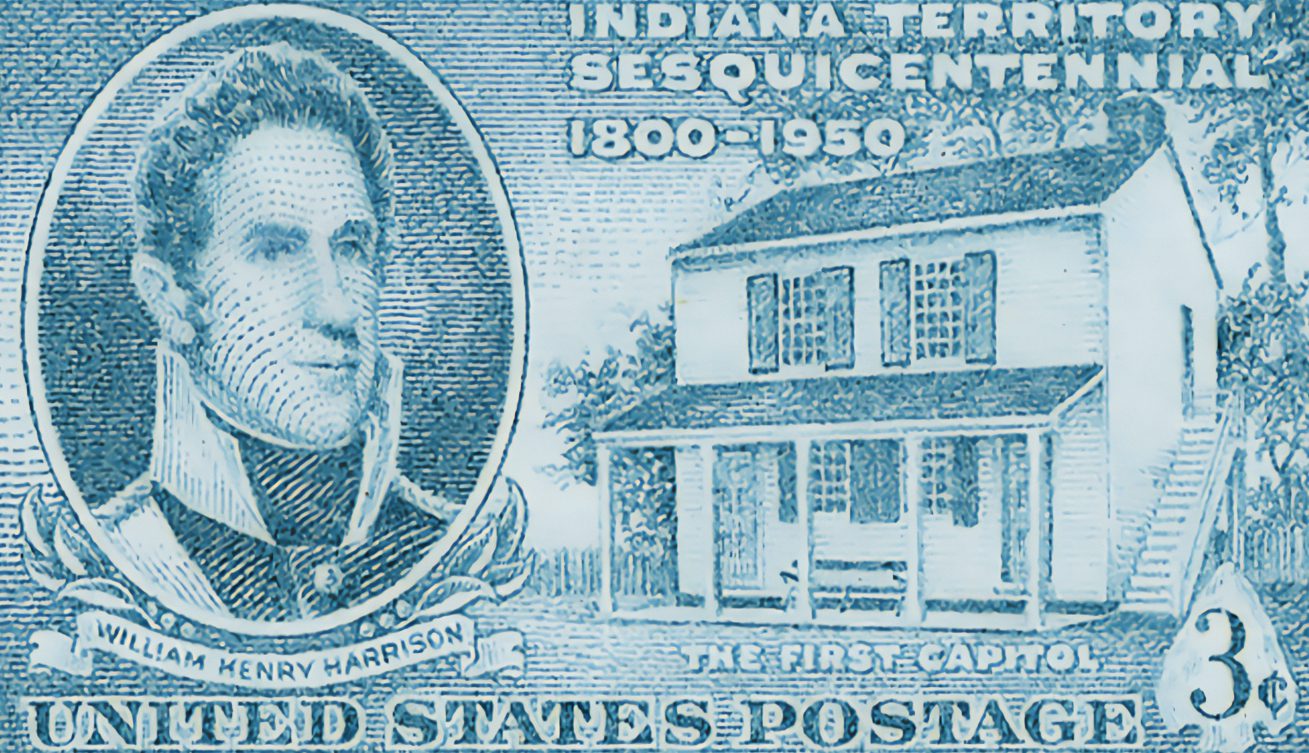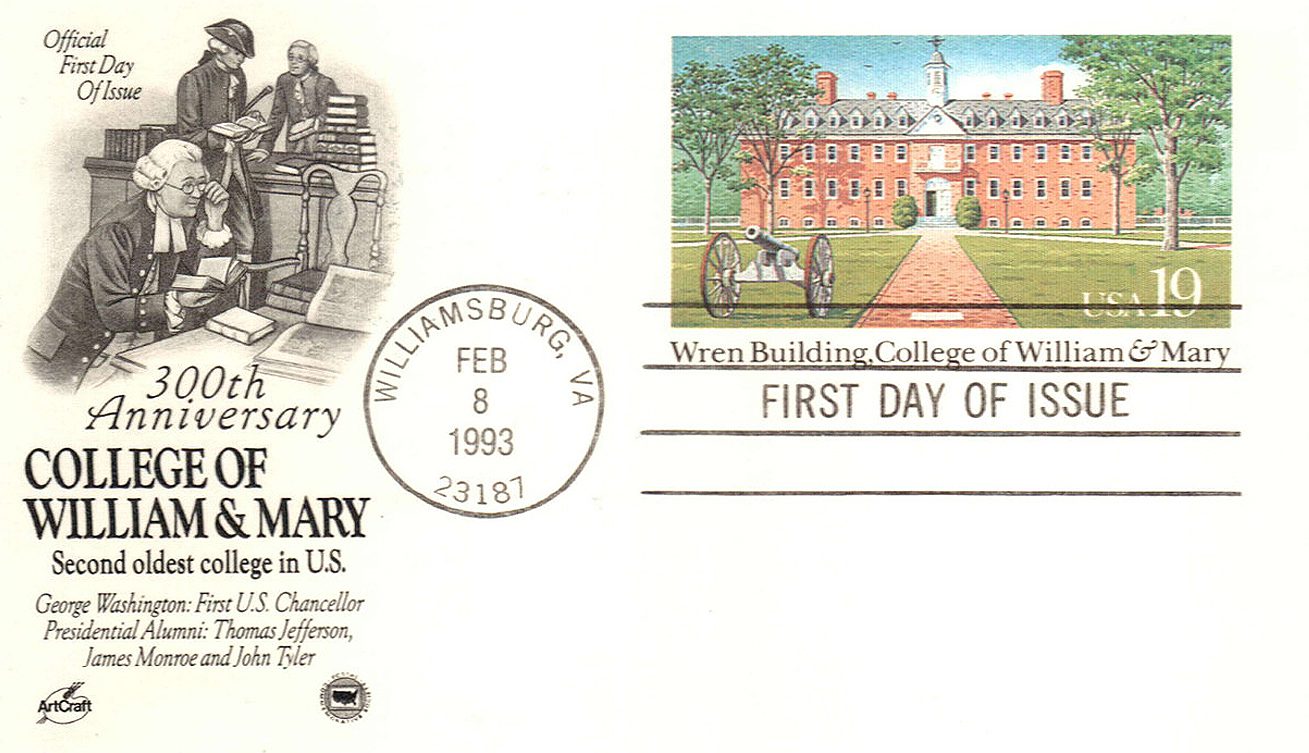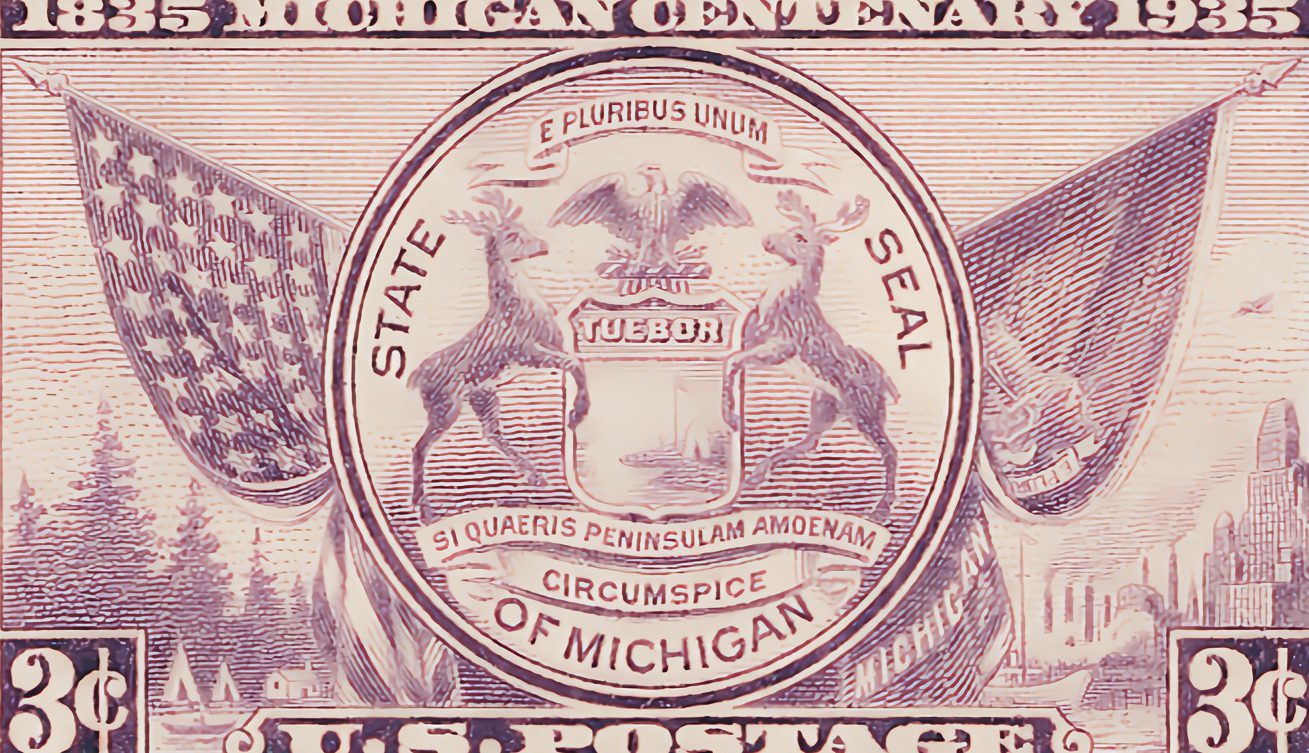Birth of William Henry Harrison
America’s ninth president, William Henry Harrison was born on February 9, 1773, in Charles City County, Virginia. After delivering the longest inaugural address in history in the freezing cold, he died of pneumonia a month later, serving the shorted term of any president.









